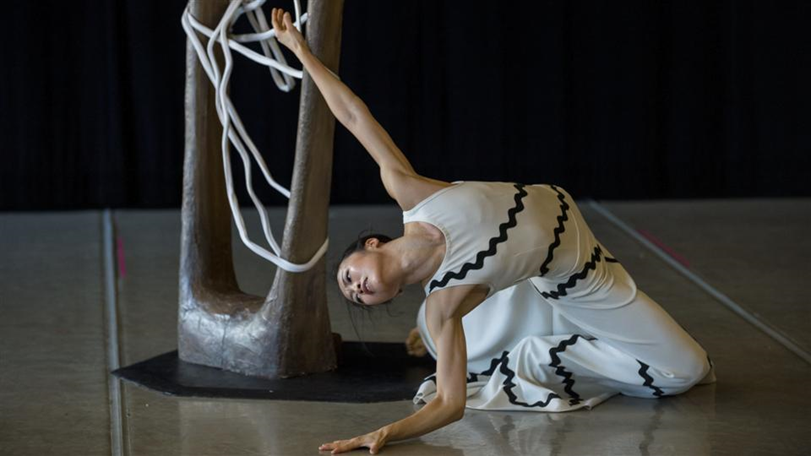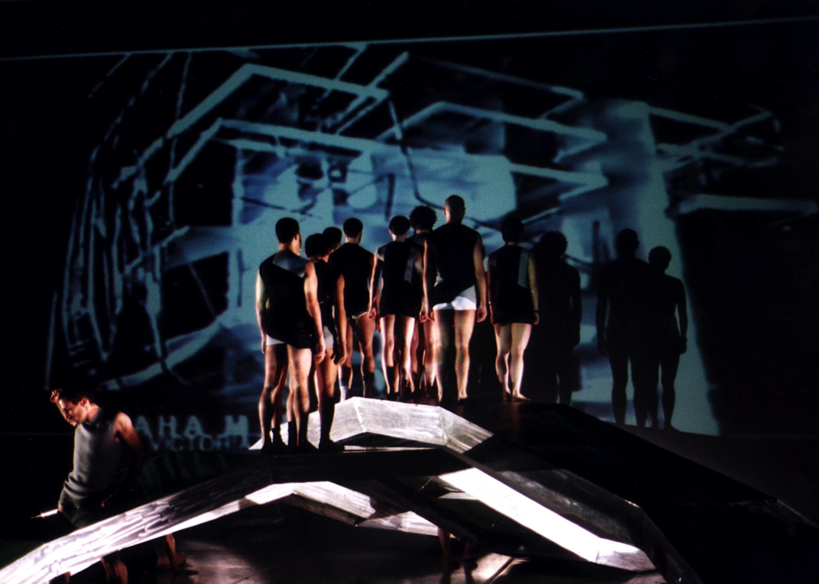#14 BACKGROUND OF PROSPECTUS
- Emily Wright
- Apr 17, 2022
- 4 min read
THE APPLICATION OF KNOWLEDGE TO THE PAPER

"the art or practice of designing and building structures and especially habitable ones"
As designers, we are creating a space for people is the goal. Architecture is the act of creating habitable buildings for people. The built environment can sometimes be the process of combining materials to build a building. Yet, the act of creating a livable space for people gets lost. Space should not be dictated by the materials that make up a building or a room. Space should be directed by how the human body utilizes the space it occupies. The human body is the thing that brings the built world to life, which makes it dynamic. The job of a designer is not just to build. The job is to create the idea of an art form. When using the idea that we are creating an art form, space becomes something more than just four linear built-up walls. Space becomes something the human body wants to be a part of. The body will then want to experience spaces rather than have to experience them.
Now, the idea of 'space' can get lost in translation. It is not an easy topic to explain. Space can be theoretical. Space can be conceptual, physical, or material, you name it. Space is what the human body and mind occupy. We can only hope to master the art of developing space to perceive it as we see it in our minds. But, do we manipulate space, or do we create it from nothing? Can it depend on the scenario? Just as the blood in our veins continuously flows through our body, we continually move through space. The built world makes the idea of a continuous movement known to the human body and mind. The built environment should make the mind aware of the space around, not just something we pass through. As László Moholy-Nagy suggests, "... architecture will be understood, not as a complex of inner spaces, not merely as a shelter from the cold and danger, nor as a fixed enclosure, as an unalterable arrangement of rooms, but as an organic component in living, as a creation in the mastery of space experience."
Looking at ways to develop these ideas and goals into physicality comes with cognitive science. Cognitive science is the act of studying the mind and intelligence. Essentially, cognitive science places importance on the human. Our brain recognizes things in space that make it feel comfortable or not. Though this touches on the side of psychology, using the human brain to identify triggers of space, good or bad, can aid in understanding adequate space. This can offer qualitative data on how the human body uses a space, not the quality of the space itself. Again, importance on the human body, not the physical nature. The brain guides movement in space, taking two ideas or mediums and mixing them together. The mixing of mediums creates practical tools for application. In this instance, bringing an understanding of the human body and its movement and applying it to the built world creates an adequate space.
In searching for this idea of mixing mediums, we should consider the collaboration of choreographers and architect duos. Choreographers are the masters of movement, and architects are the masters of space. Movement cannot be effective in space without understanding space and vice versa. Not only can collaboration with a different medium aid in creating space for the human body, but it may also bring new design processes to light. A micro view of collaboration in the built world between the two will be taken to grasp these ideas, viewing the creation of set designs. The precedents of discussion look closely at how the duos work together rather than separately to create a compelling piece.
Isamu Noguchi and Martha Graham created around twenty sets for dance performances over many years. Noguchi worked closely with Graham and her dancers to understand their needs. He did so to create the sets in a way that would aid their movements rather than force them to reconfigure. Noguchi and Graham's goals were to create to move with, not move around. The sets were part of the choreography, not just placeholders on a stage. Noguchi understood the importance of the dancers' movements. Graham understood the importance of the creation of a physical set. The two read each other without words, learning "how the work informed the other." Their processes developed over time to a point where they were melded together.

While Noguchi and Graham have a multitude of creations together to emphasize the human body in a built environment, a look on the other end of the spectrum may be taken. Frédéric Flamand is a well-renowned choreographer known to work in unexpecting environments. Zaha Hadid is an exceptional architect known for her fluid and mechanical designs in the built world. Two mediums, two creators successful in their art. One could see without explaining how their collaboration would result in ineffectiveness. Hadid understood how Flamand's dancers would move and applied that to the stage. Both Flamand and Hadid saw the body's opportunities in creating a physical thing, such as the geometrical forms utilized in "Metapolis II." While this is just one project in which the two work together, their connection offers a new way of the design process in set design for dancers.

This is very well written and I feel like you are giving the reader all the information they need to better understand your topic! I also think you are using great examples that further prove your point!
Hayden Wyrick
I greatly appreciate your usage of images at this early stage. Your background is well developed, looks at multiple angles, and is a compelling background because of this. Good job, it has helped me get some direction on how to format my own!